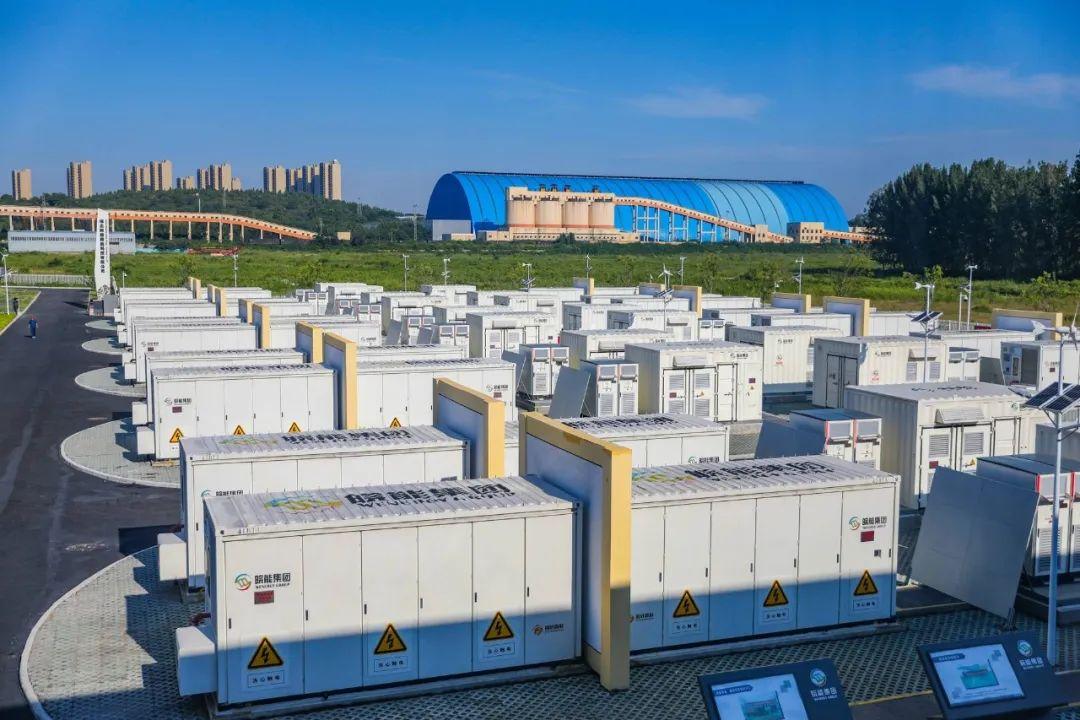
1 月 . 03, 2024 15:49 返回目录
商业和工业储能系统最大化自耗并降低成本
Commercial and Industrial (C&I) energy storage systems play a crucial role in maximizing the self-consumption rate of solar energy, reducing electricity expenses for industrial and commercial owners, and aiding in energy conservation and emission reduction efforts. These systems are categorized as user-side energy storage solutions, enabling enterprises to optimize their energy usage and become more sustainable.
运营工商业储能系统有两种主要商业模式。在第一种模式中,商业和工业用户自行安装储能设备,从而直接节省电费。然而,这些用户必须承担初始投资成本和每年的维护费用。第二种模式涉及能源服务公司协助用户进行安装过程。这些公司投资建设储能资产并负责系统的运营和维护。然后,工业和商业用户向能源服务公司支付电费。
用户侧储能系统应用大幅拓展,涵盖充换电站、数据中心、5G基站、港口岸电、重卡换电等多种场景。这些系统对于使这些设施高效运行并同时最大限度地减少对环境的影响至关重要。

The structure of C&I energy storage systems typically involves separate Power Conditioning System (PCS) units and battery systems. The inverter boost unit consists of the PCS, grid-connected cabinets, and transformers. Containers housing the battery cabinets, confluence cabinets, and monitoring equipment provide independent power supply, lighting, temperature control, humidity control, fire protection, safety escape, and other automatic control and safety assurance units. Additionally, the power station requires a power system to provide self-consumption power for the energy storage unit and a booster station to facilitate grid connection.
太阳能电池板是工商业储能系统的重要组成部分。其设计必须满足平均天气条件下负载的日常用电量需求。这意味着太阳能电池板产生的电力应与负载的年用电量相匹配。然而,必须考虑到并非所有产生的电力都转化为电力消耗。必须考虑控制器效率、机器损耗以及充电和放电期间电池组损耗等因素。
鉴于工商业储能系统的响应时间要求相对较低,能量型电池因其成本效益、循环寿命和响应时间而被广泛使用。电池的首要任务是在太阳辐射不足时保证不间断电力消耗。电池组的容量可根据各系统的具体需求和条件,综合考虑电压要求、能源时移、峰谷套利、雨天备用电源等因素进行设计。
C&I energy storage inverters have a relatively simple function, primarily based on two-way conversion. They are smaller in size and easier to integrate with battery systems. The flexibility of these inverters allows for expansion based on future needs. With an ultra-wide voltage range of 150-750V, they can cater to various battery types such as lead-acid batteries, lithium batteries, and Lithium Iron Phosphate (LEP) batteries. In addition to basic converter functions, coupling functionality is crucial, including primary frequency regulation, fast dispatch of source, grid and load, and strong adaptability to achieve quick power response.
选择 PCS 时,必须考虑负载要求。负载通常分为感性负载和电阻性负载。感性负载,例如中央空调、压缩机和起重机中的电机,其启动功率是额定功率的三到五倍。因此,在设计阶段就需要考虑这些负载在离网运行时的启动功率,以保证逆变器的输出功率超过负载的功率要求。对于要求严格的应用,如监控站、通讯站等,总输出功率应为所有负载功率之和。
The energy management system (EMS) for most C&I energy storage systems does not require grid dispatching, resulting in relatively basic functionality. The primary focus of the EMS is local energy management, supporting battery balance management, ensuring operational safety, enabling millisecond-level fast response, and facilitating integrated management and centralized control of energy storage subsystem equipment.
展望未来,2023年至2024年预计将迎来工商业储能发展的新高峰。国内和国际对此类系统的需求都很大。虽然竞争格局尚未完全显现,但市场已处于突破边缘。工商业储能有潜力成为工业生产和大型商业区的标准配置,具有广阔的增长空间。
ACDC, a company focused on research and development, has been closely following the market demand for energy storage batteries. In response to this demand, ACDC is set to release a series of industrial and commercial energy storage batteries. These new solutions will provide modular and flexible expandability at various power and capacity levels, offering an all-in-one design with AC coupling compatibility. ACDC's batteries will be perfectly matched to specific energy requirements, maximizing battery cell life. With outdoor housings suitable for any installation site, ACDC's broad portfolio of energy storage solutions enables efficient and cost-effective distribution and utilization of energy according to operational needs. Their expert systems and applications teams utilize specialized techno-economic tools to optimize the lifetime economics of projects, providing an investment-grade business case that supports project planning and financing. ACDC is committed to supporting its clients throughout every step of their energy storage journey.
相关产品:
如有侵权将删除
参考网站:https://www.pv-magazine.com
-
Wireless DC Charging: The Next Frontier in Contactless EV Power Delivery
新闻Aug.04,2025
-
Hybrid BMS Energy Controls: Integrating Renewable Energy Sources
新闻Aug.04,2025
-
Blockchain for Secure and Decentralized EMS Power Systems
新闻Aug.04,2025
-
AI-Driven for Smart Grids: Energy Management System (EMS)
新闻Aug.04,2025
-
Advanced Distribution Management System (ADMS) Energy
新闻Aug.04,2025
-
5G-Enhanced BMS Energy Savings: Ultra-Low Latency Control
新闻Aug.04,2025























